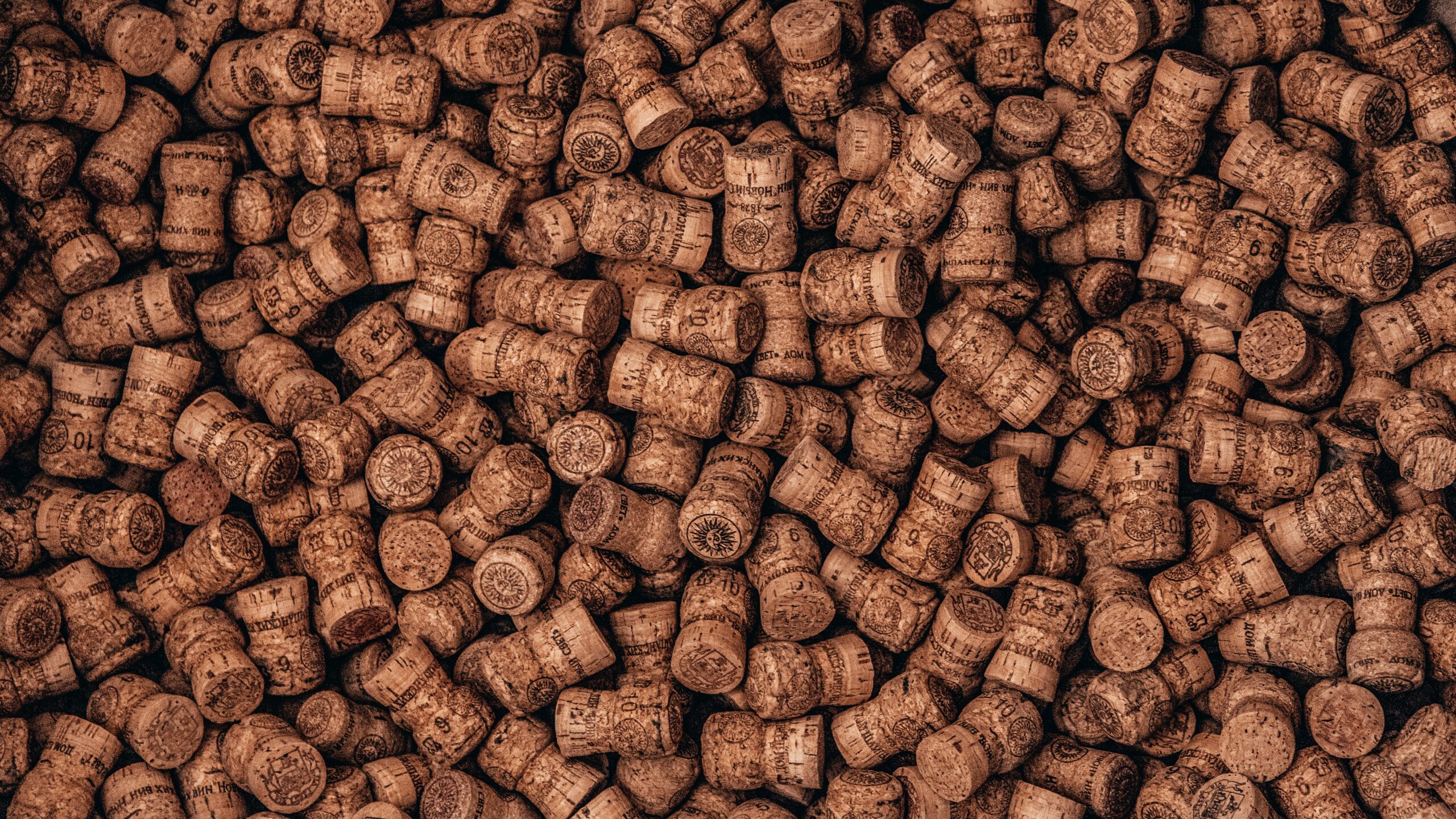Benefits and uses of Cork
Beyond their environmental value as generators of oxygen, protectors of biodiversity or regulators of temperature and humidity, the economic use of trees includes not only their felling for timber but also various products that can be “harvested”: from fruit in their branches to resins in their trunks or mushrooms next to their roots… And also cork.
Cork
Cork is obtained from the cork oak or Quercus suber, one of the 300 known species of oak, which is widespread throughout the Mediterranean, especially in coastal areas: it is extensively cultivated in Spain and Portugal -countries that account for around 85% of world production- but there are also cork oak groves in smaller quantities in France, Italy, Morocco, Algeria and Tunisia.
The european cork industry produces some 340,000 tonnes per year and employs some 30,000 people, but more importantly, it is a great example of how it is possible to reconcile environmental protection with economic activity.
Cork is the rough bark of the cork oak, a kind of plant “clothing” made up of dead cells that protect the real living part of the tree. According to some experts, it could be the result of the evolution of this species to protect itself against forest fires, which are frequent in the summer season in the areas where it grows. As this bark grows, it becomes so thick that it can be harvested without damaging the tree as it produces successive layers, thus becoming a completely renewable resource.
The cork oak normally lives for around 200 years, although there are known cases of specimens that have reached 400 years of age, and the first “saca” or stripping of bark to obtain cork is carried out at around 25 years of age, once the trunk has reached the diameter required by the EU directives. However, the best quality is obtained from the age of 45 years or so, and from then onwards it is “harvested” regularly, at intervals of about 10 to 15 years. In this way, an average specimen can withstand between 15 and 20 “sacas” during its lifetime without any problems.
Benefits of cork
The professionals responsible for extracting this product, who usually work between May and August, are called “corcheros” -corkmen- or “peladores” -peelmen- and carry out their work entirely by hand. They cut the bark in the same way as their ancestors did, with an axe and taking advantage of the vertical cracks to obtain the planks according to a refined technique. Cork has very characteristic physical qualities: it does not rot easily, it is light, impermeable, elastic, insulating and has a high calorific value and a lot of adhesion. And it is used for many things, from the production of agglomerate for walls and floors to the manufacture of shoe insoles and even the lining of satellite capsules, but its main purpose is the sealing of bottles of alcoholic beverages -wines, spirits and cava- in the form of stoppers.
Written by: Pedro Pablo García May (EFE Verde).
